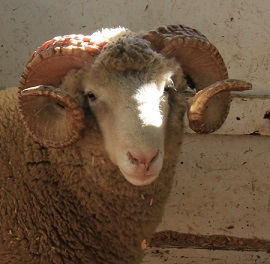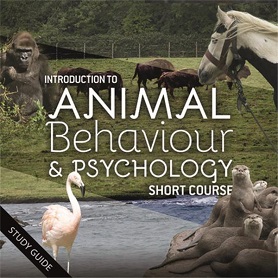 It is easy for you to look into your pet’s eyes and feel that there is a soul trapped inside that body that thinks very much like you do. In reality, this is further from the truth than many people usually like to acknowledge. That said, the Ancient Greek philosophers such as Descartes argued that the fundamental difference between animals and humans is that animals do not have a soul, and this view has persisted since then in Western culture.
It is easy for you to look into your pet’s eyes and feel that there is a soul trapped inside that body that thinks very much like you do. In reality, this is further from the truth than many people usually like to acknowledge. That said, the Ancient Greek philosophers such as Descartes argued that the fundamental difference between animals and humans is that animals do not have a soul, and this view has persisted since then in Western culture.
Descartes also argued that animals did not think like humans or use reasoning. Instead, he considered their behaviour to be at the mercy of 'mechanistic instincts'. Despite humans having mechanistic movements like animals, and also having some animalistic traits, it was considered that through their ability to reason humans were above animals in the way they behaved.
In contrast to the Ancient Greek philosophers, Charles Darwin in his 'Theory of Evolution' (1859) suggested that there were differences across animal species. By demonstrating similarities between human and animal behaviours, he argued that there were no fundamental differences between humans and animals. Therefore, humans are also animals, we just happen to be more highly developed ones.
Today we often see animals in films or the media which are given human characteristics. This anthropomorphism is widespread. Perhaps it helps us to feel closer to animals. The online Free Dictionary defines anthropomorphism as “Attribution of human motivation, characteristics, or behaviour to inanimate objects, animals, or natural phenomena”. Some well-known anthropomorphic examples include Walt Disney’s 'Cinderella' in which Cinderella has companions who are talking mice. In George Orwell's 'Animal Farm' different types of animals were given different human traits, whereas the rather comical 'Mr Ed' was a talking horse. Films and books have often embellished their animal characters with human characteristics to encourage us to relate to them.
The first step to understanding animal behaviour is to recognise that while there are common behavioural traits that may cross over between species, every species is largely different to other species and none more so than humans. People behave differently to animals, because their mind works differently to animals.

We have developed a course to help you better understand what animals are really thinking.
We teach you to understand what is going on in an animals brain. Whether pet, livestock or wildlife; you are far better positioned to manage that animal's behaviour both for their own welfare, and the best outcome for any people who come in contact with the animal.
See listed with animal courses on this site.